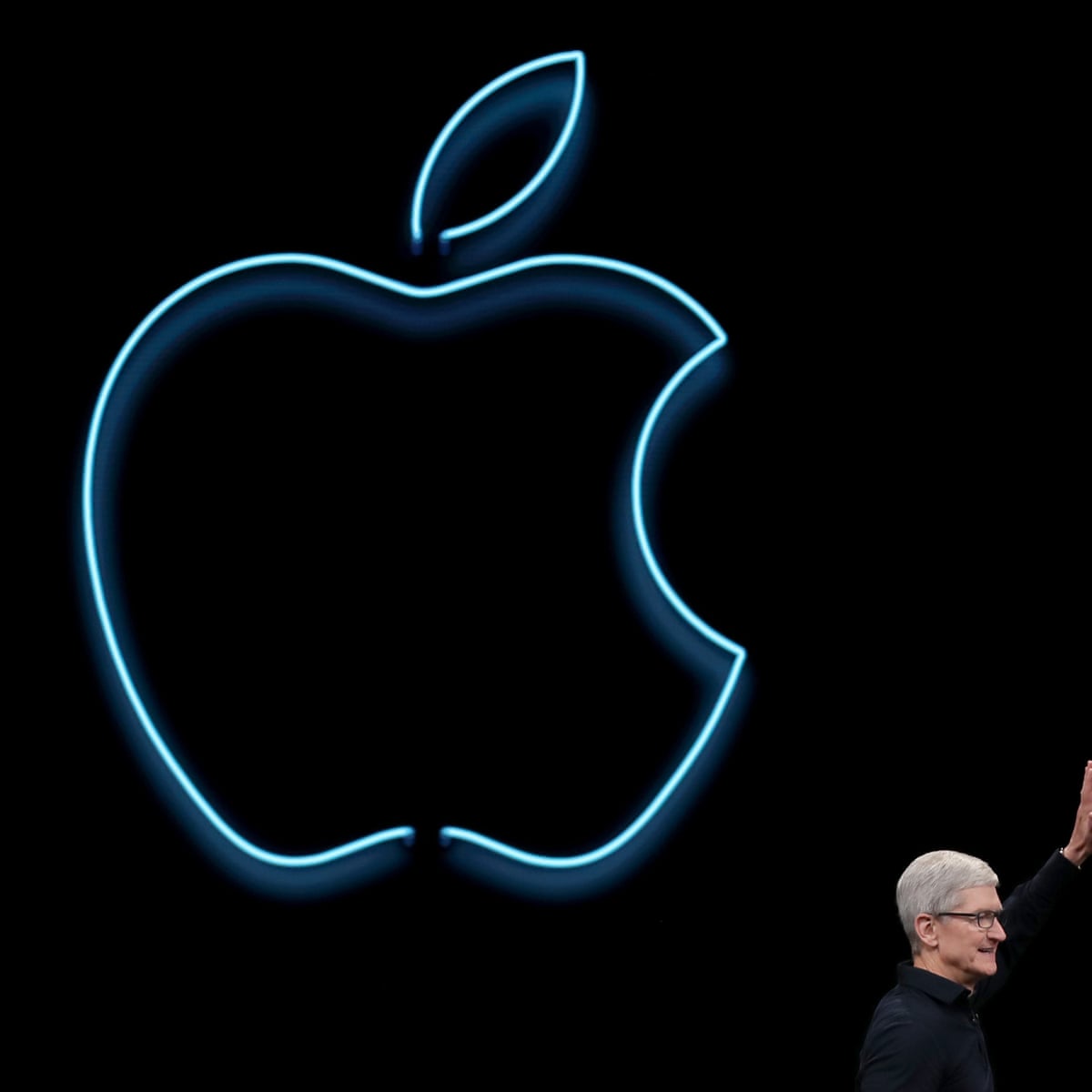Global Nav Open Menu Global Nav Close Menu; Apple; Shopping Bag +. MacOS, formerly Mac OS X from 2001 to 2012 and OS X until 2016, is the name of an operating system for computers made by Apple Inc. These are called Macintosh computers, or Macs. It differs from other computers, as macOS is supposed to run only on Macs and not on other computers. However, people have made the OS run on computers that are not Macs. Mac OS X Snow Leopard is intended to be a release aimed to refine the existing feature set, expand the technological capabilities of the operating system, and improve application efficiency. Many of the changes involve how the system works in the background and are not intended to be seen by the user. MacOS and iOS share many of the same frameworks and low level (kernel) code. They differ a lot at the UI level - technically macOS uses AppKit and iOS uses UIKit. AppKit is quite old and very feature rich, whereas UIKit was developed from the grou. An ISO file is a file that contains the complete image of a disc. Particularly ISO files are frequently used to transfer or share CD/DVD files. Mostly used as operating system installation files container that holds the files like Windows 10 ISO or other ISO. It can also be used to back up your files and transfer it.
Are you sure you want to leave the Apple Beta Software Program?
When your device is enrolled in the Apple Beta Software Program, you will automatically receive new versions of the public beta. At any time, you may unenroll your device so that it no longer receives these updates.
Open Software Update in System Preferences
Launch System Preferences, and select the Software Update icon.
Unenroll your Mac
Click the 'Details…' button below 'This Mac is enrolled in the Apple Beta Software Program.'
Confirm Your Change

A dialog will appear asking if you would like to restore your default update settings. Choose 'Restore Defaults', and your Mac will no longer receive public betas. When the next commercial version of macOS is released, you can install it from Software Update in System Preferences.
How do I restore a prior release of macOS?
To go back to a prior release of macOS, you can restore your Mac from the Time Machine backup that you created before installing the public beta.
Open your Profiles
To stop receiving the iOS public betas, follow the instructions below to remove the iOS 14 & iPadOS 14 Beta Software Profile. Go to Settings > General > Profiles and tap the iOS 14 & iPadOS 14 Beta Software Profile that appears.
Remove the iOS 14 & iPadOS 14 Beta Software Profile
Tap Remove Profile. If asked, enter your device passcode, then tap Remove. Once the profile is deleted, your iOS device will no longer receive iOS public betas. When the next commercial version of iOS is released, you can install it from Software Update.
How do I restore to a prior release?
To go back to a prior release, you can restore your iOS device from the backup that you created before installing the public beta.
Open your Profiles
To stop receiving the iPadOS public betas, follow the instructions below to remove the iOS 14 & iPadOS 14 Beta Software Profile. Go to Settings > General > Profiles and tap the iOS 14 & iPadOS 14 Beta Software Profile that appears.
Remove the iOS 14 & iPadOS 14 Beta Software Profile
Tap Remove Profile. If asked, enter your device passcode, then tap Remove. Once the profile is deleted, your iPad will no longer receive iPadOS public betas. When the next commercial version of iPadOS is released, you can install it from Software Update.
How do I restore to a prior release?
To go back to a prior release, you can restore your iPad from the backup that you created before installing the public beta.
Go to Settings
To stop receiving the tvOS public betas, go to Settings > System > Software Update > and turn off Get Public Beta Updates.
Wait for next tvOS release
Once your setting has changed, your Apple TV will no longer receive tvOS public betas. When the next commercial version of tvOS is released, it will automatically install if you have Automatic Software Update turned on. Or, you can install it from Settings > System > Software Updates > Update Software.
Remove the watchOS 7 Beta Software Profile
To stop receiving the watchOS public betas, go to the Apple Watch app on your paired iPhone, tap the My Watch tab, then go to General > Profiles and tap the watchOS 7 Beta Software Profile that appears. Tap Remove Profile. If asked, enter your device passcode, then tap Remove. Once the profile is deleted, your Apple Watch device will no longer receive watchOS public betas.
Wait for next watchOS release
When the next commercial version of watchOS is released, it will automatically install if you have Automatic Software Update turned on. Or, you can manually check for updates by going to the Apple Watch app on your paired iPhone, tapping the My Watch tab, then going to General > Software Update.
How do I leave the program?
To leave the Apple Beta Software Program, you must first sign in, then click the Leave Program link. If you leave, you will stop receiving emails about the Apple Beta Software Program and will no longer be able to submit feedback with Feedback Assistant.
This tip is designed to be a one stop shop to find out what iOS you can use if you are able to install a specific Mac OS X.
Note, some downloads from Apple do not work in Safari for earlier Mac OSes, see this tip if you find you can't download them anymore, to find a browser that will work.
Updating to iOS 14? This thread discusses a trick to enable iTunes syncing to work in El Capitan. Reinstall iTunes while the phone is connected:
Further details are here:
- Make sure you are running 10.11.6 using the Combo to any version of 10.11 and Security Update 2018-004.
- Upgrade to iTunes 12.8.2.3.
- From TuringTest2 on another thread:

Assuming a suitable version of iTunes is in place then in Finder use the menu item Go > Go to Folder.., copy the following text, paste it into the dialog box and press enter:
/System/Library/PrivateFrameworks/MobileDevice.framework/Versions/Current/Resources
Unlock your device and connect it to USB. Double click on MobileDeviceUpdater in the folder that has opened. It should notify you of a software update. Install it and iTunes should hopefully recognize your device.
-----------
On September 19, 2019, iOS 13 was released. Present requirements for iOS 13 include Mac OS 10.11.6 for iTunes 12.8 as a bare minimum.
Two factor authentication logins for AppleID unlocks was introduced on Mac OS 10.12.4. If your iOS is current for it, you can usually use it to unlock either from another current iOS device, or http://iforgot.apple.com if you don't have a Mac.
On May 29, 2019, it was found that iOS 12.1.5 could sync with iTunes on Mac OS X 10.10.5 if you kept iTunes 12.5.5.
This thread discusses more of the inconsistent requirements that were initially stated:
https://www.imobie.com/support/how-to-downgrade-from-ios-12-to-ios-11.htm offers a means of downgrading from iOS 12 to iOS 11, if no other means work to link an elderly Mac that can't be updated to 10.11. Be very careful to backup your data properly to avoid problems. Consider a lightning port data transfer device if you need to backup data. And remember no backup is complete, unless you know you have two working copies.
Downgrading Mac OS X is possible in many cases, but your iOS is not at all. Downgrading a Mac is described here:http://discussions.apple.com/docs/DOC-1948
iOS 12 & Yosemite -is a new tip I constructed to cover what can be done for those with Yosemite when downgrading the iOS is no longer possible.
For iOS earlier than 5, see this tip:Which OS do I have and where should I post?So be sure to look this over before upgrading your iOS and backup/sync your iOS with your Mac:
Mac OS X 10.5.8 (Leopard) supports PowerPC Macs, iTunes 10.6.3, iOS 5.1.1.
Mac OS X 10.6.8 (Snow Leopard) supports Intel only Macs, but does support PowerPC applications, iTunes 11.4 and iOS 6, and iOS 7.
Mac OS X 10.7.3 (Lion) supports iCloud except for iCloud Drive in its current iteration and the new Notes.
Mac OS X 10.7.5 (Lion) (link explains the pitfalls of losing PowerPC applications) supports iTunes 12.2.2.25 (available from Software update as of 10/24/2015), iOS 8 and iOS 9.0.
Mac OS X 10.8 (Mountain Lion) is required for iTunes 12.3 and iOS 9.2 and iOS 9.2.1(except iCloud Drive, and the new notes). Does not support iOS 10 or iTunes 12.5.1 according to the Wikipedia below.Mac OS X 10.9.5 (Mavericks)one user has said is required for iOS 10 and iTunes 12.5. It is though unable to sync with iOS 11.Mac OS X 10.10 (Yosemite) is required minimum for the new iCloud Drive and iOS 11 (except for Notes, which requires El Capitan). iTunes 12.7.0.166 is needed for iOS 11. Also note, anyone who can install Mountain Lion can also install El Capitan, which supports all iOSes up to the iOS 14.x as of (April 2, 2021). That's covered earlier in this tip.
Current Ios Version For Mac
Mac OS 10.12 (Sierra) currently has no special requirements as of April 2, 2021, however is a free path to upgrade from Macs that shipped with Lion, that upgraded to 10.7.5 or later, and then updated to Sierra to be able to synchronize with iOS 12.
Obama memoir review. iOS 12 was released September 17, 2018. Please make sure to backup your data on your iphone, ipad, or ipod touch and not apply any update until you are certain that iTunes on your Mac or PC can handle it.
Some may find running Windows on their Mac Running Windows on a Mac, and Connecting it to Macor creating a separate partition for a newer Mac OS How to format a drive, or disc for maximum portability?allows one to sync to a newer iOS without losing compatibility of older Mac OS versions.
Stuck in Mavericks, Mac OS X 10.9.5? There is a published way to downgrade your iOS.
Note: this is not for the faint at heart, but sure is better than having to upgrade your Mac OS X prematurely for an App you can't afford upgrading on your Mac. Consider your reason for being stuck. If it is a software that won't run on 10.11.6, ask on the forum for other software titles that are comparable, since you can upgrade to Mac OS X 10.11.6 to get the current iOS of April 2, 2021.
The last iOS supported for various iDevices is listed on the table called 'Terminal update for' on:https://en.wikipedia.org/wiki/IOS_version_history Run osx on windows.
And many of the latest iOS versions and iTunes support are on https://en.wikipedia.org/wiki/History_of_iTunes
Mac Os Ios File
Virtualbox for macos catalina.
Mac Os Ios Files
Notes: Upgrading to 10.7 and above, don't forget Rosetta! and High Sierra upgrading tipoffer two means of getting your Mac up to speed with iTunes 12.8. Use the first tip if running 10.6.8 or earlier to get to 10.11. And use the other tip if running 10.8 or later.
